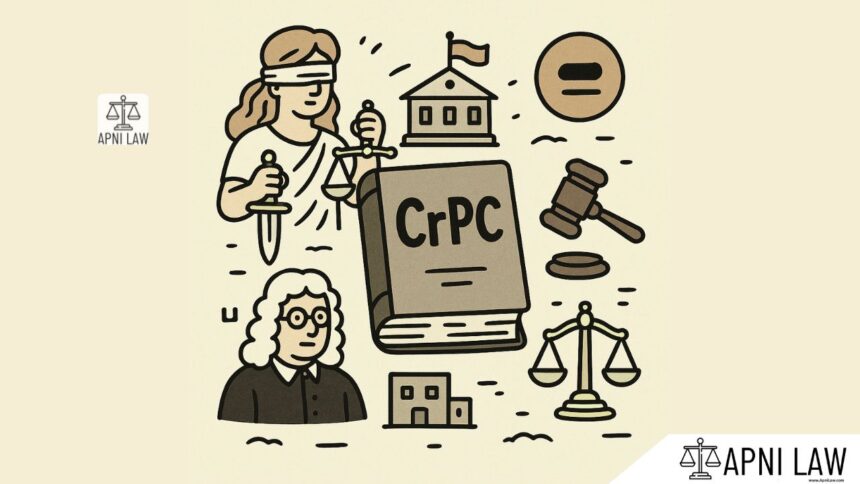Code:
Every police officer receiving information of a design to commit any cognizable offence shall communicate such information to the police officer to whom he is subordinate, and to any other officer whose duty it is to prevent or take cognizance of the commission of any such offence.
Explain it:
This section empowers a Magistrate to take preventive action when they receive credible information that a person intends to commit a cognizable offense. Cognizable offenses are those where the police can arrest a person without a warrant. Section 150 aims to prevent the commission of these offenses by taking timely measures.
Key elements of Section 150:
- Information: The Magistrate must receive credible information regarding the design to commit a cognizable offense.
- Design to commit: The information must suggest that the person has a plan or intention to commit the offense, not just a possibility.
- Cognizable Offences: The offense intended must be one that the police can arrest for without a warrant.
- Preventive action: The Magistrate can take steps to prevent the commission of the offense, such as:
- Issuing orders to restrain the person from committing the offense.
- Requiring the person to furnish security for good behavior.
- Ordering the person to be detained in custody.
Illustrate it:
Imagine a situation where the police receive information that a group of individuals is planning to vandalize a public building. This would be considered a cognizable offense. The Magistrate, based on this information, can take action under Section 150, such as:
- Ordering the police to patrol the area around the building.
- Requiring the individuals to furnish security for good behavior.
- Issuing orders restraining the individuals from entering the area around the building.
Common Questions and Answers:
Q: What kind of information is considered credible under Section 150?
A: Credible information is information that is reliable and believable, typically coming from a trustworthy source and supported by evidence.
Q: What are the grounds for a Magistrate to take action under Section 150?
A: The Magistrate can take action only if there is credible information that a person intends to commit a cognizable offense. Mere suspicion or hearsay information is not enough.
Q: Can a person be detained under Section 150 without a warrant?
A: Yes, but only if the Magistrate deems it necessary to prevent the commission of a cognizable offense and the person poses a serious threat.
Q: What are the rights of a person against whom action is taken under Section 150?
A: The person has the right to be heard, to be informed of the reasons for the action, and to challenge the order in a court of law.









